Palmetto Bluff Real Estate Company Sales Office
Office Hours
Monday-Friday 9am - 5pm
Saturday 9am - 4pm
Sunday 12 - 4pm
Saturday 9am - 4pm
Sunday 12 - 4pm
Why should we care about bats?
When people learn what I do, they often ask me, “Why bats?” To which I respond, “Why not bats?” Bats are incredible! There are more than 1,400 species worldwide and 1 out of every 4 mammalian species is a bat. They have a global distribution and can be found on every continent except Antarctica. They have an unbelievable diversity in what they look like, from the smallest bat, the 2-gram bumblebee bat, to the largest, the giant golden-crowned flying fox
with a 6-foot wingspan. They vary in where they live, with some bats roosting in trees, some in caves, and others in tents of their own making! Some bats are loners and prefer their own company while others roost in large colonies that can number in the millions. They play more ecological roles than what we can cover in this post.

If we want to focus our discussion of the part bats play in ecosystems solely on the foods they eat, we will see that in this aspect of their life alone they are extremely diverse. Bats as a group have a varied diet. Frogs, salamanders, fish, scorpions, spiders, insects, blood, nectar, pollen, fruit, birds, and even other bats are all on the menu for this mammalian order.
There are many bats around the world that eat fruit. Because these bats can travel long distances within a night, can cross habitat boundaries, and defecate while in flight, they are unparalleled in their ability to disperse seeds over large geographic areas. This makes them paramount in maintaining tree biodiversity in tropical rainforests. These same skills make fruit bats vital in reforesting areas that have been deforested.
Bats that drink nectar pollinate over 500 species of plants, including baobabs, bananas, mangoes, saguaro cactus, and guava. The coevolution of bat and flower has shaped what nectar bats and the flowers that attract them look like. Many of the flowers that bats pollinate are of agricultural significance to us, including agave – the source of tequila. Through pollination, bats provide a means to keep agave genetically diverse and more resistant to disease. Quite simply, without bats, we would not have healthy agave or many other economically important fruits.

While bats as a group are diverse in the foods they consume, the majority of bats (about 70%) eat insects. Bats have extremely fast metabolisms and eat large quantities of insects each night. They are the only major predator of night-flying insects and are particularly fond of moths and beetles, insects that can be pests at some point of their life cycle. A recent study showed that bats eradicate more pests than birds at cacao farms in Indonesia, providing an economic boon for Indonesian chocolate growers worth roughly $780 million each year. In the United States, the voracious appetite of insect-eating bats provides a free pesticide service to the US agriculture industry – a service with an estimated annual price tag of $23 billion. You read that right: $23 billion.
Why should we care about bats? I could list a myriad of reasons. Bats play many vital ecological roles. Their global ecological significance is astounding. They provide us with quantifiable economic services. Bats have personalities. They are curious. But most of all, they have an intrinsic right to exist
– just like us. Globally, their populations are in decline, largely due to our
activities. To save them, we need to care about them. Last month, I discussed some negative stereotypes about bats. Let us shift our mindset of bats from one of fear and misunderstanding to one that lauds their beneficial traits. If you want to help bats, be an advocate and spread the word! The South Carolina Bat Working Group is always looking for volunteers to help with fieldwork and outreach. Contact Lydia Moore at lmoore@pbconservancy.org to learn more.
Hopefully, I have convinced you that bats are worth our attention. Next month we will discuss some threats bats are facing and what you can do to help.

Palmetto Bluff’s Moreland Village feels a world away from the more traditional architecture of the iconi...
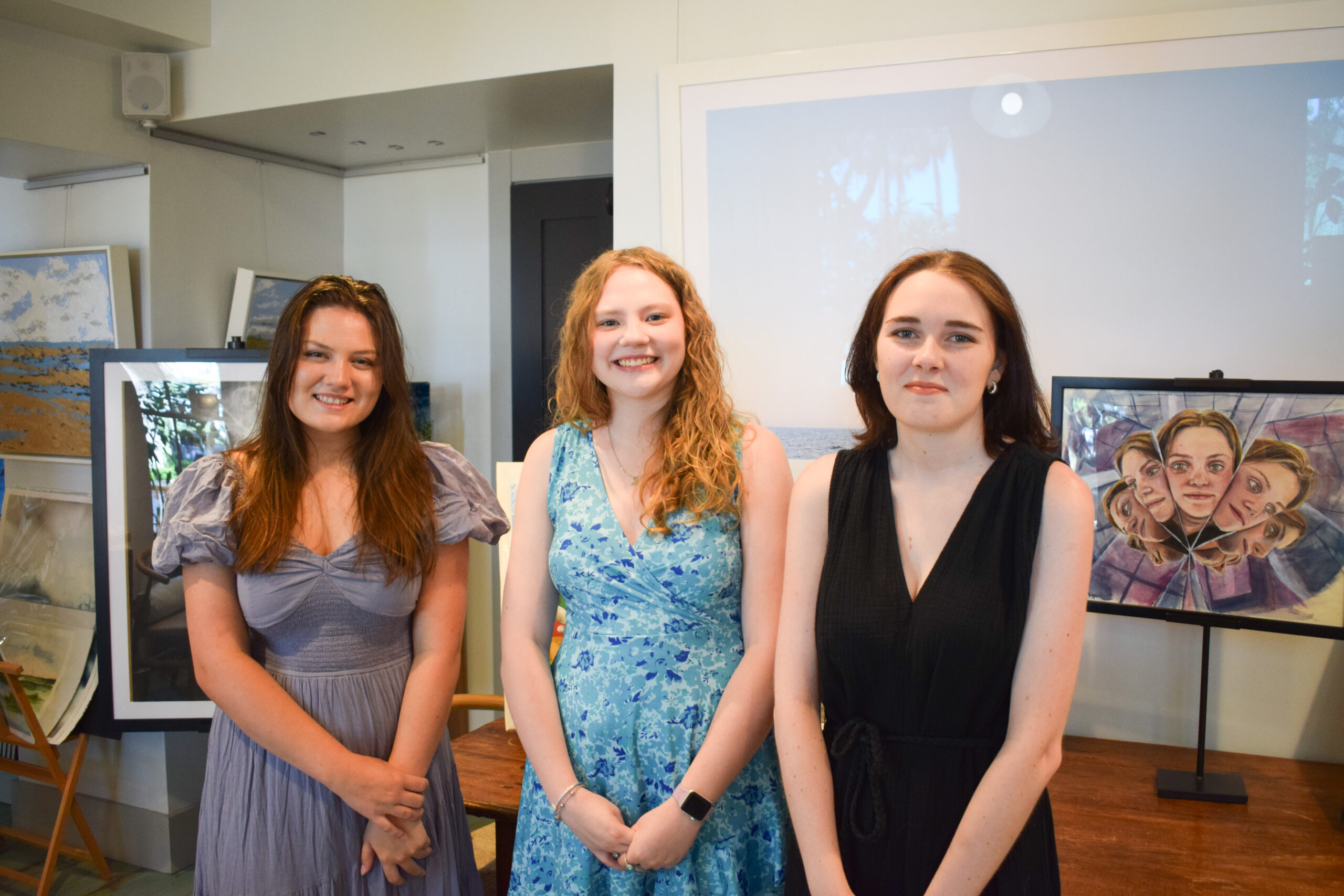
We are thrilled to introduce the inaugural winners of the Inspiring the Arts Scholarship—three extraordinary young women pursuing their artistic dreams through higher education! Katherine Donahue has been named our first official scholarship recipient, wit...
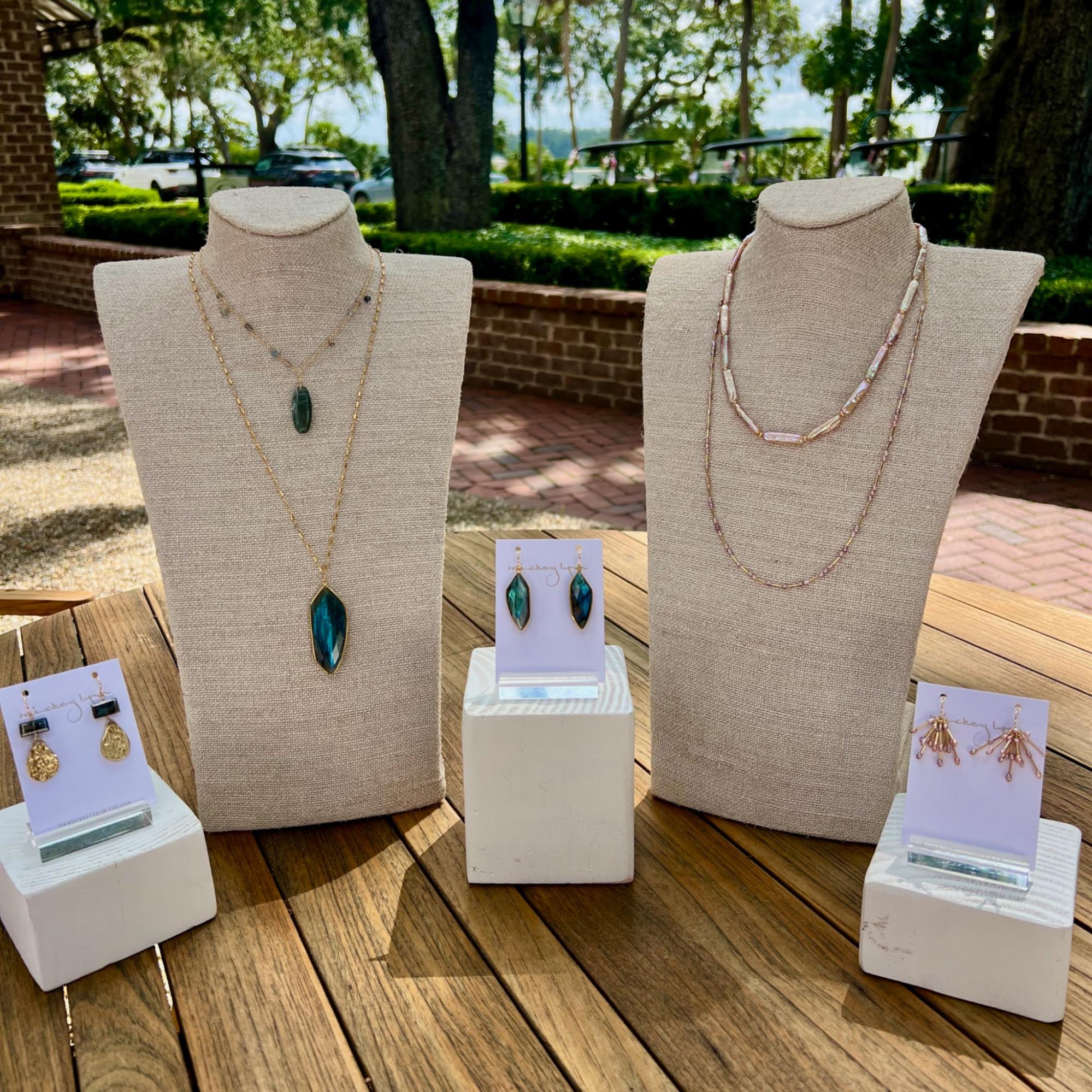
From handmade jewelry to performance wear, the latest arrivals at Palmetto Bluff’s retail spots capture the season in true Lowcountry style. This summer, the Bluff’s shops are full of fresh finds, carefully chosen by our trusted retailers—including FLOW Galler...
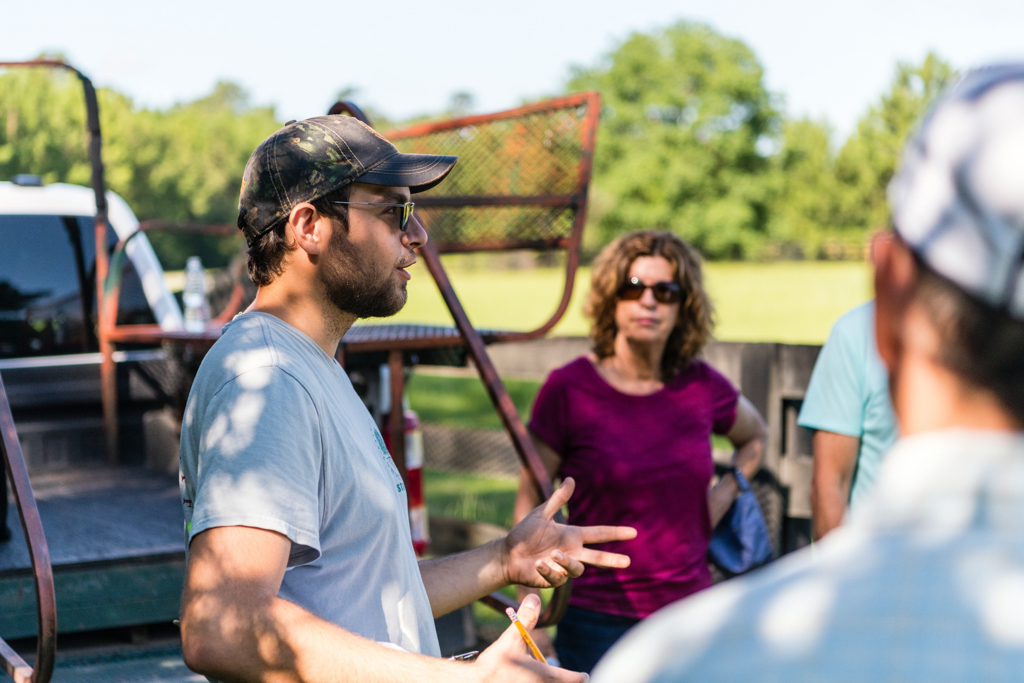
Citizen Science is Thriving at Palmetto BluffDid you know that residents of Palmetto Bluff are playing a vital role in national and global conservation efforts—all from their backyard?Through the Palmetto Bluff Conservancy’s growing Citizen Science programs, c...

In October 2024, Grammy Award-winning musician Clay Ross visited Palmetto Bluff as part of The Arts Initiative's Artist in Residence Program. Through storytelling and song, he explores identity, heritage, and the universal language of sound. By Barry Kaufman ...
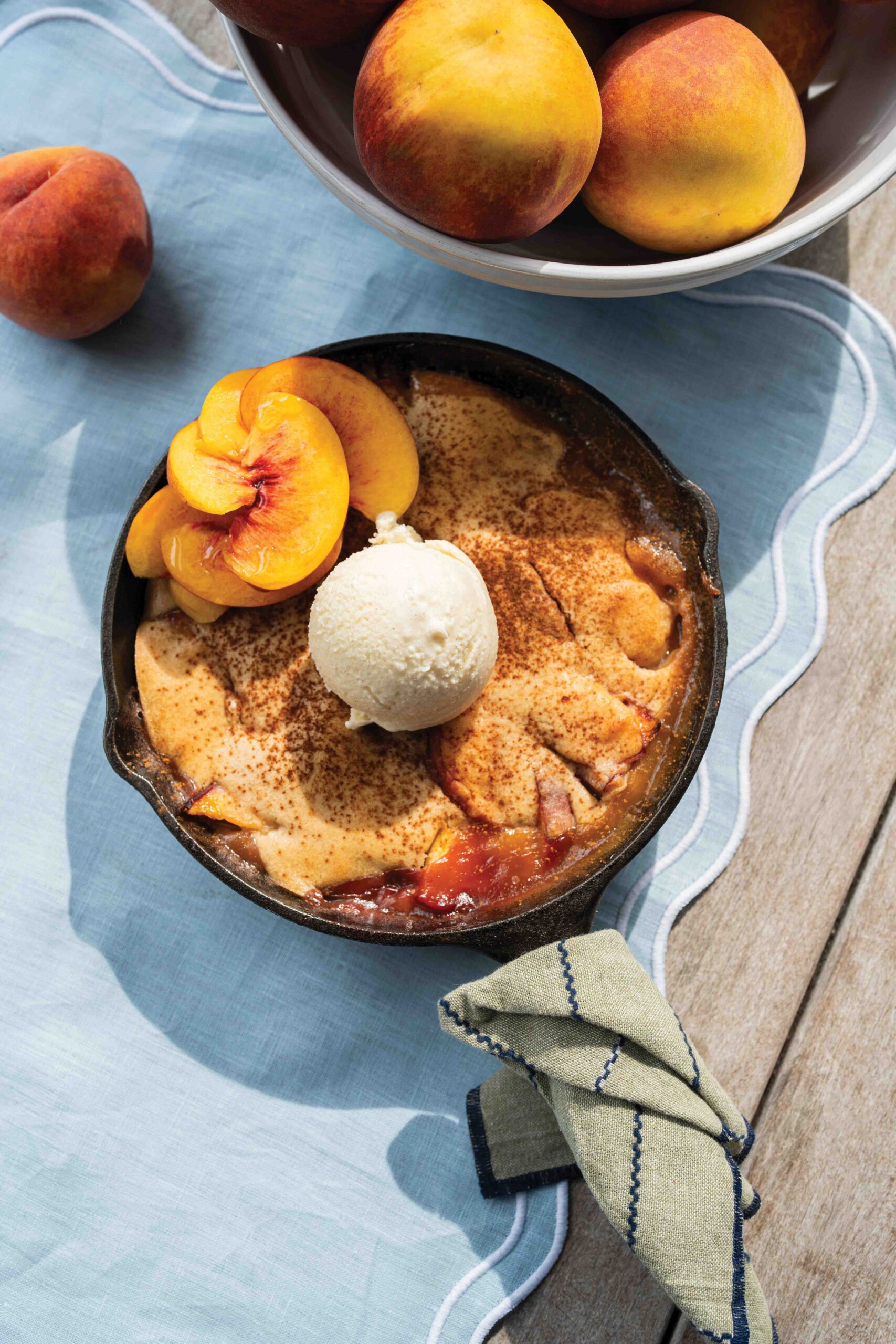
Palmetto Bluff Club Executive Chef Beth Cosgrove and Director of Culinary, Chef Rhy Waddington, Cook Up Four Peachy Recipes for a Summer in the South. Is there anything more iconic than a southern peach? A symbol of summer and Southern heritage, the peach car...
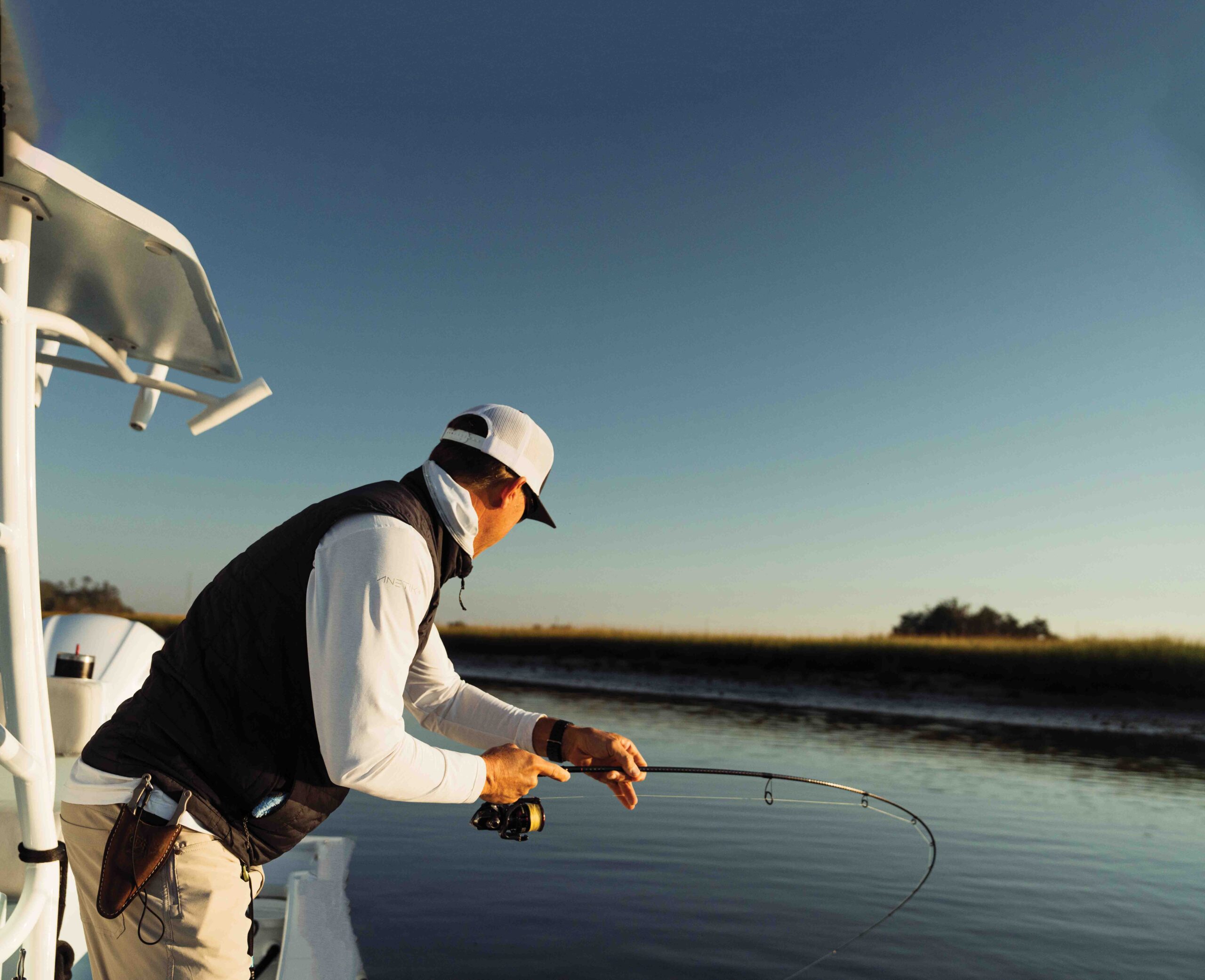
Following the tides and angling for redfish in Lowcountry creeks and estuaries with Captains Brian Vaughn and Will Stephens Story by Sandy Lang It is a sunny morning in October and the water is calm and glassy. The silence is punctuated by a gush of breath f...
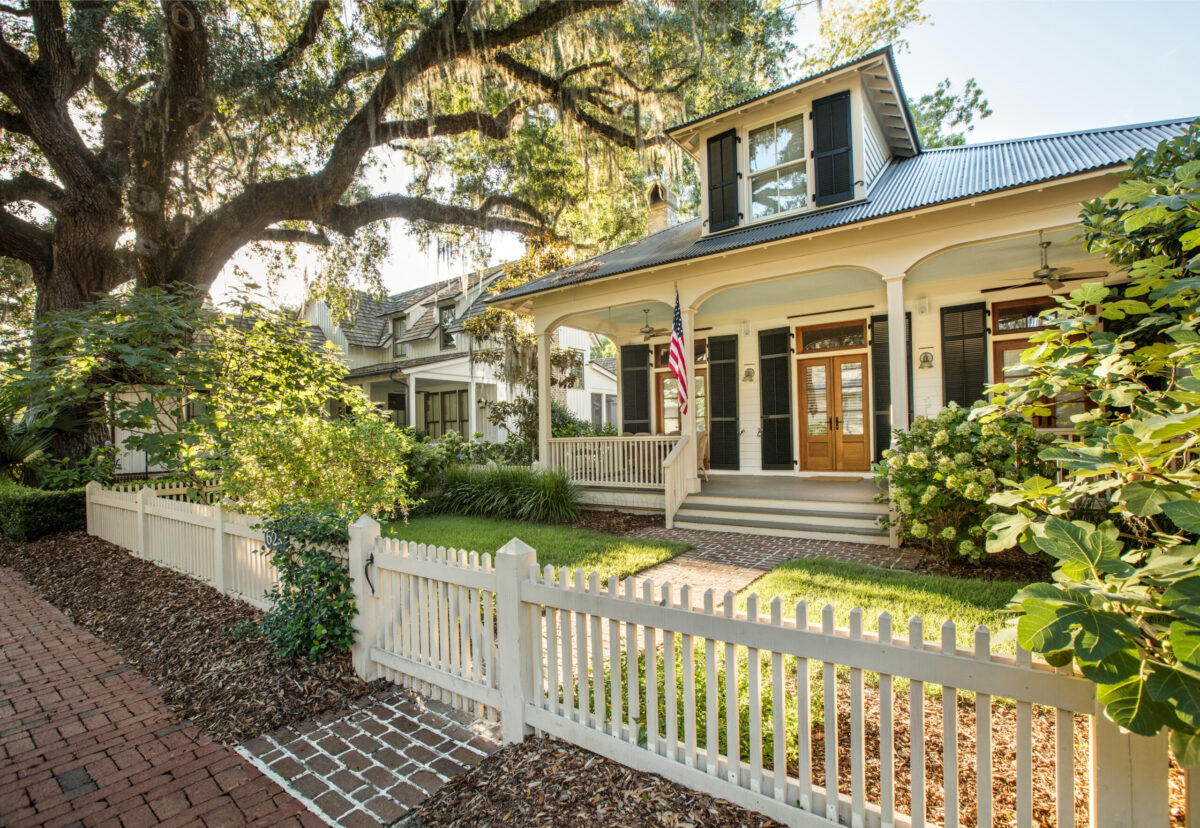
7 Ways To Upkeep Your Palmetto Bluff Home As spring arrives in the Lowcountry, the change in season brings more than blooming marshlands and sun-drenched afternoons; it’s also a perfect time to refresh and care for your Palmetto Bluff home. Coastal living mea...

When the land speaks, you listen. And at Palmetto Bluff, it spoke to two of golf’s most legendary course designers—Bill Coore and Ben Crenshaw. We invite you to watch our newest video, shot this past winter and featuring Bill and Ben, along with South Street P...

5 Renovations to Increase the Value of Your Lowcountry Home Whether Palmetto Bluff is your full-time residence or a cherished retreat, deciding to sell is never a quick or casual choice. However, when the time does come, you want your home to be as market-rea...
Learn about the Palmetto Bluff Conservancy and how we keep the vision of our land in place.
On land or water, there is an ever-evolving variety of activities.
We do not attempt to independently verify the currency, completeness, accuracy or authenticity of the data contained herein. All area measurements and calculations are approximate and should be independently verified. Data may be subject to transcription and transmission errors. Accordingly, the data is provided on an “as is” “as available” basis only and may not reflect all real estate activity in the market”. © [2023] REsides, Inc. All rights reserved. Certain information contained herein is derived from information, which is the licensed property of, and copyrighted by, REsides, Inc.